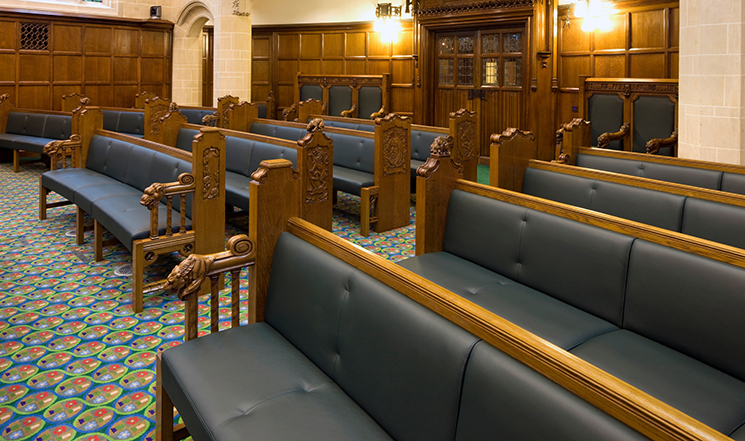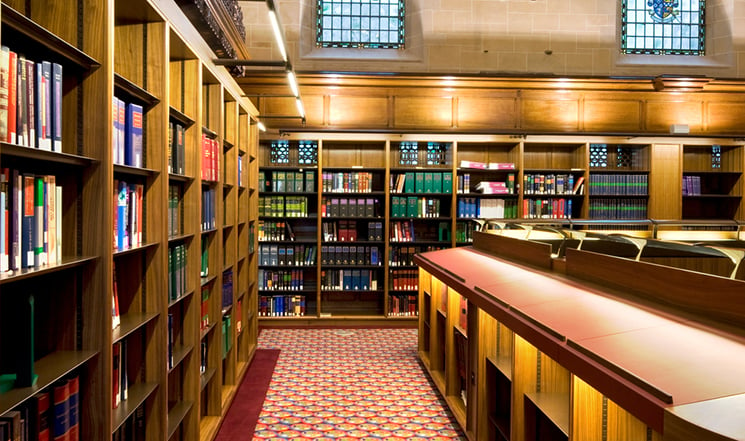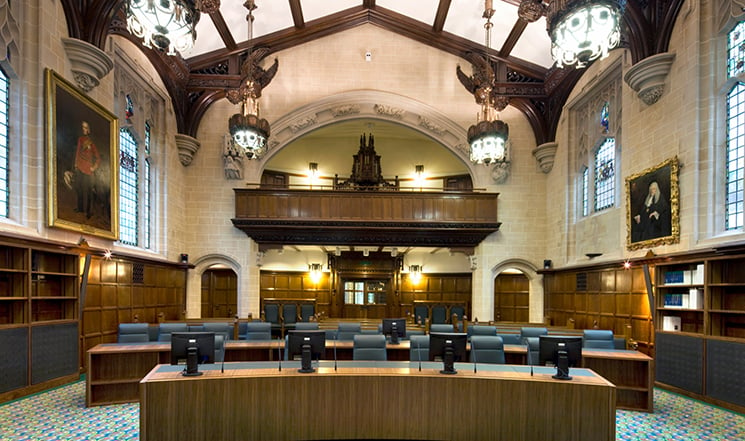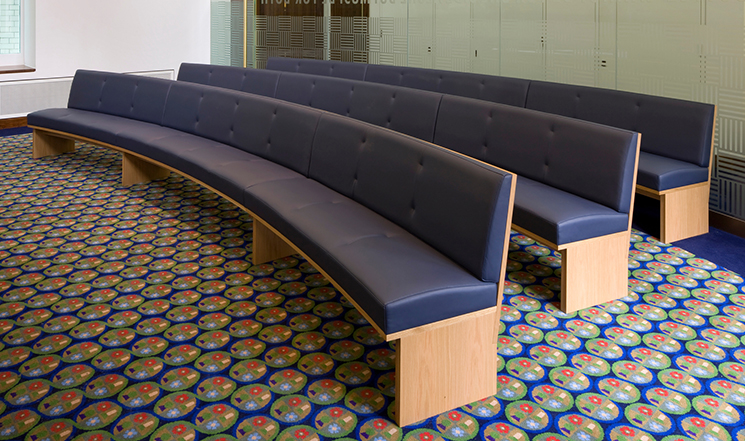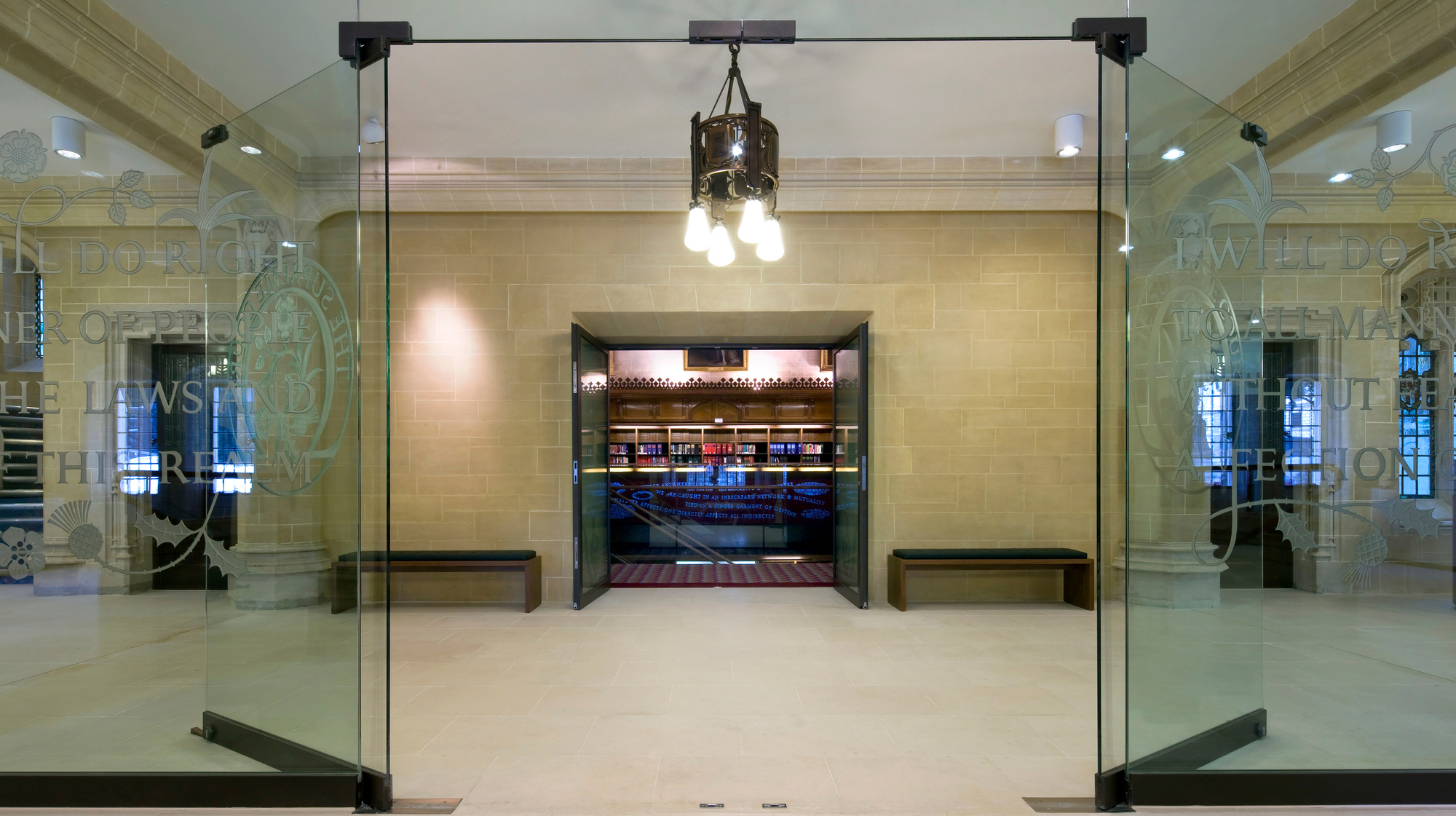Let us help you
We are furniture design engineers focused on creating long-lasting, high-quality furniture that compliments the architecture it sits in and the operational needs of those who use the space. Working directly with end clients and their architects, we bring extensive domain expertise to adaptive re-use, conservation and new build projects around the world.

